Amélie Chatelain
PAGnol: An Extra-Large French Generative Model
Oct 16, 2021
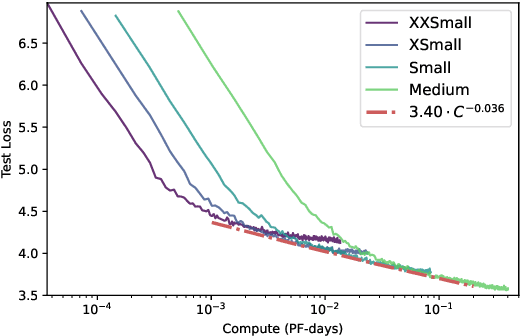
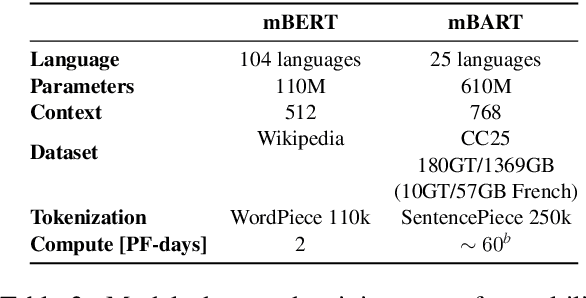

Abstract:Access to large pre-trained models of varied architectures, in many different languages, is central to the democratization of NLP. We introduce PAGnol, a collection of French GPT models. Using scaling laws, we efficiently train PAGnol-XL (1.5B parameters) with the same computational budget as CamemBERT, a model 13 times smaller. PAGnol-XL is the largest model trained to date for the French language. We plan to train increasingly large and performing versions of PAGnol, exploring the capabilities of French extreme-scale models. For this first release, we focus on the pre-training and scaling calculations underlining PAGnol. We fit a scaling law for compute for the French language, and compare it with its English counterpart. We find the pre-training dataset significantly conditions the quality of the outputs, with common datasets such as OSCAR leading to low-quality offensive text. We evaluate our models on discriminative and generative tasks in French, comparing to other state-of-the-art French and multilingual models, and reaching the state of the art in the abstract summarization task. Our research was conducted on the public GENCI Jean Zay supercomputer, and our models up to the Large are made publicly available.
Is the Number of Trainable Parameters All That Actually Matters?
Sep 24, 2021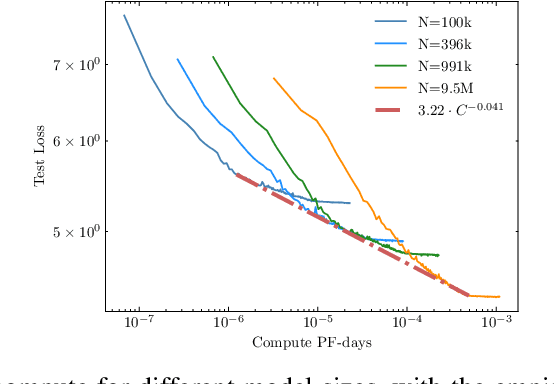
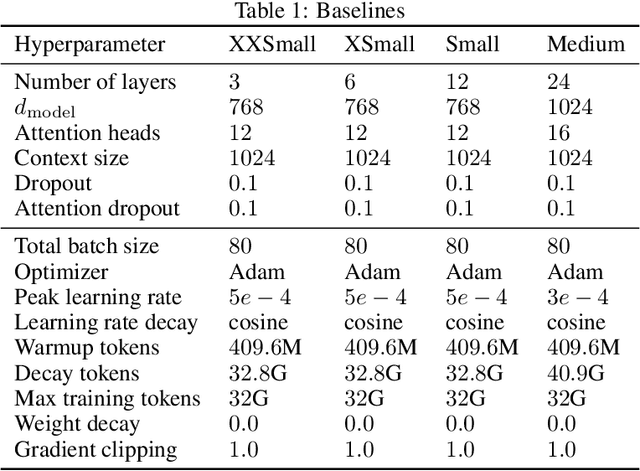
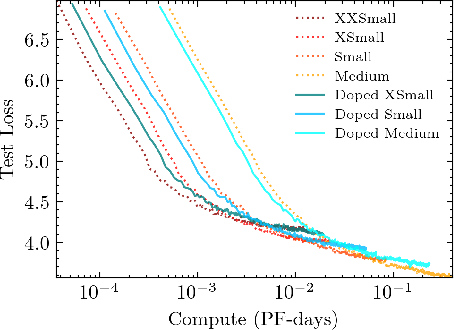
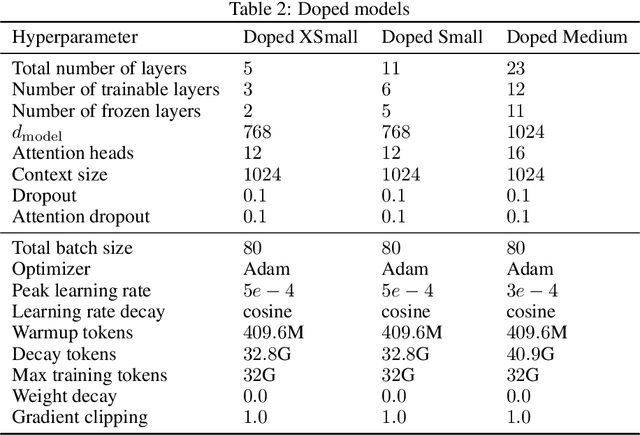
Abstract:Recent work has identified simple empirical scaling laws for language models, linking compute budget, dataset size, model size, and autoregressive modeling loss. The validity of these simple power laws across orders of magnitude in model scale provides compelling evidence that larger models are also more capable models. However, scaling up models under the constraints of hardware and infrastructure is no easy feat, and rapidly becomes a hard and expensive engineering problem. We investigate ways to tentatively cheat scaling laws, and train larger models for cheaper. We emulate an increase in effective parameters, using efficient approximations: either by doping the models with frozen random parameters, or by using fast structured transforms in place of dense linear layers. We find that the scaling relationship between test loss and compute depends only on the actual number of trainable parameters; scaling laws cannot be deceived by spurious parameters.
Online Change Point Detection in Molecular Dynamics With Optical Random Features
Jun 17, 2020

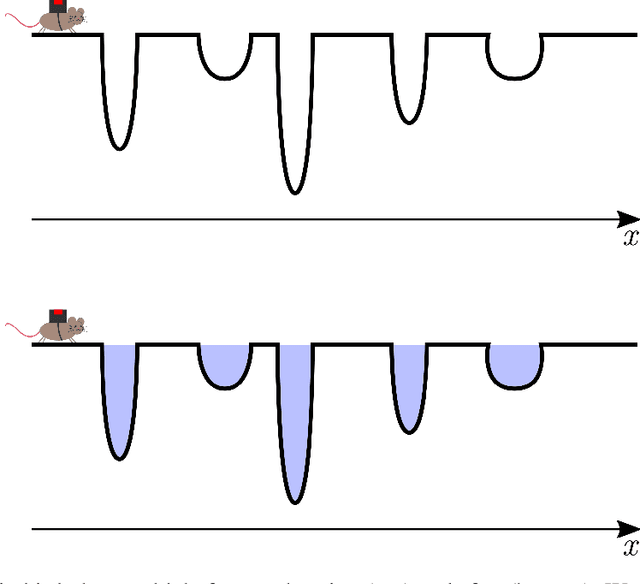
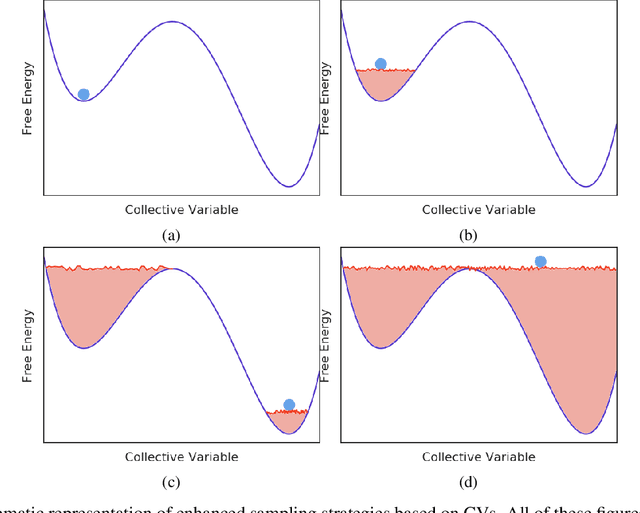
Abstract:Proteins are made of atoms constantly fluctuating, but can occasionally undergo large-scale changes. Such transitions are of biological interest, linking the structure of a protein to its function with a cell. Atomic-level simulations, such as Molecular Dynamics (MD), are used to study these events. However, molecular dynamics simulations produce time series with multiple observables, while changes often only affect a few of them. Therefore, detecting conformational changes has proven to be challenging for most change-point detection algorithms. In this work, we focus on the identification of such events given many noisy observables. In particular, we show that the No-prior-Knowledge Exponential Weighted Moving Average (NEWMA) algorithm can be used along optical hardware to successfully identify these changes in real-time. Our method does not need to distinguish between the background of a protein and the protein itself. For larger simulations, it is faster than using traditional silicon hardware and has a lower memory footprint. This technique may enhance the sampling of the conformational space of molecules. It may also be used to detect change-points in other sequential data with a large number of features.
 Add to Chrome
Add to Chrome Add to Firefox
Add to Firefox Add to Edge
Add to Edge